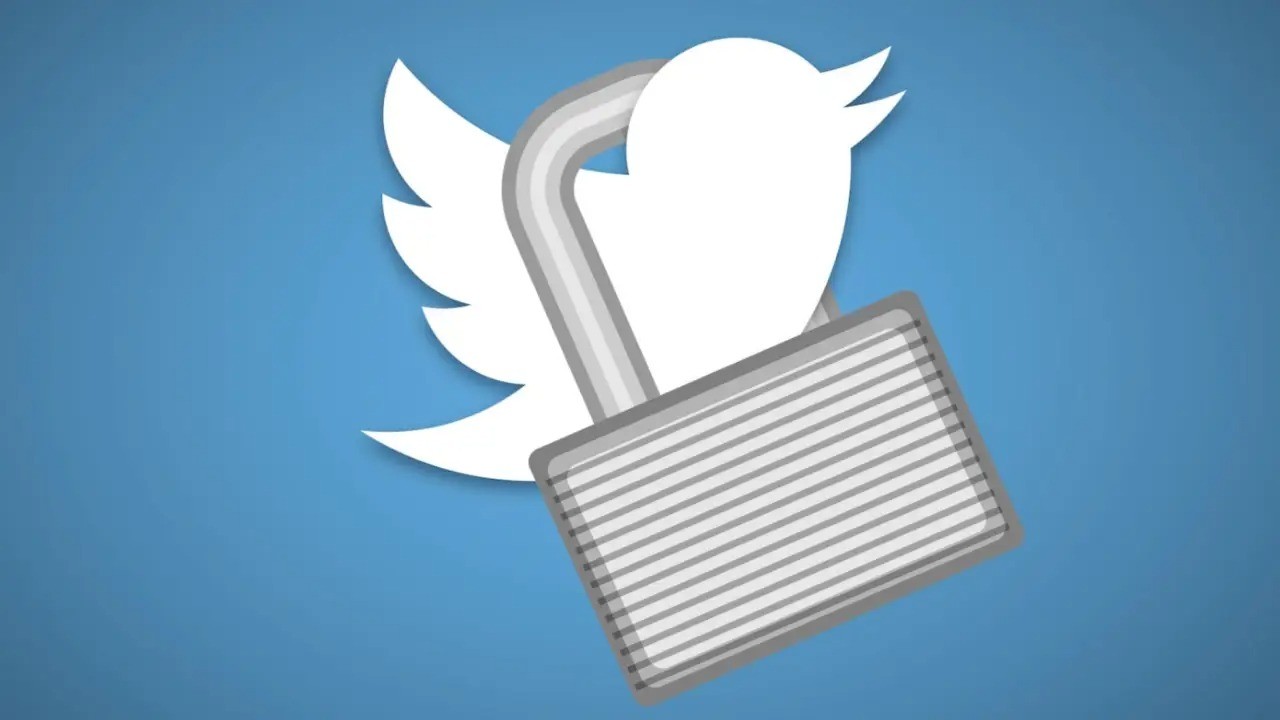Elon Musk’s Twitter is getting harder and harder to use for people who don’t pay the $8 per month Twitter Blue registration fee.
According to a new story, Twitter is going to limit the number of direct messages (DMs) that users who are not blue can send each day.
In a tweet by world-famous Android developer Alessandro Paluzzi, it was revealed that Twitter is working on a feature that will cap the number of DMs each user can send.
This is likely to make people sign up for Twitter Blue, which is a paid service on the site.
According to the illustration, when non-blue users hit the limit, they will get a message saying, “Get verified to send more messages.”
The message tells users that they have reached their daily limit of direct messages (DMs) and pushes them to sign up for Twitter Blue so they can keep sending messages.
Paluzzi expects the limit to be lowered once the service launches to 500 DMs per day. This change encourages blue-tick subscribers to keep their DM privileges beyond the limit.
Elon Musk has revealed that the platform will add a blue-only function. Premium subscribers will have more control and privacy by restricting DMs to non-followers.
Musk also said the network would pay content authors for ads in their replies. This step recognises these producers’ value and provides a possible monetization path.
Read also: Twitter is worth one-third of Musk’s purchase price
How will Twitter’s social interactions change?
Twitter’s new DM limits for non-blue users may affect social interactions. Twitter Blue subscribers can send more DMs than non-subscribers, dividing the platform.
Non-subscribers’ restricted DMs may also inhibit direct interactions and outreach. This restriction may frustrate users who use DMs for networking, collaboration, or personal communication. It may prevent organic encounters and new relationships and dialogues.
The exclusive Twitter Blue feature that bans DMs to non-followers may also affect social relationships. It may reduce non-subscriber outreach but provide subscribers with more control and privacy. Users who aren’t followed by the sender won’t receive their DMs, lowering their chances of meeting new people.
The choice to pay content creators for advertisements that appear in their responses is a step in the right direction towards appreciating their contributions and giving them a means of support. This may encourage authors to use the platform, create high-quality material, and build a community. However, how Twitter will distribute this money and whether it will be fair and advantageous to a wide spectrum of authors is unknown.
Twitter needs revenue
Elon Musk’s Twitter is actively seeking revenue streams. Twitter is exploring subscriptions, advertising, and content creator compensation to monetize the platform.
Users and industry analysts may worry about monetization. It’s difficult to balance income and user experience. User distrust might result from a company’s perceived profit-first approach.
Twitter’s community and social connections may raise problems. Restricting DMs for non-Blue users may be a way to drive users to subscribe without considering the requirements and preferences of the wider user base. This technique may divide those who can pay the subscription from those who cannot, causing exclusion.




